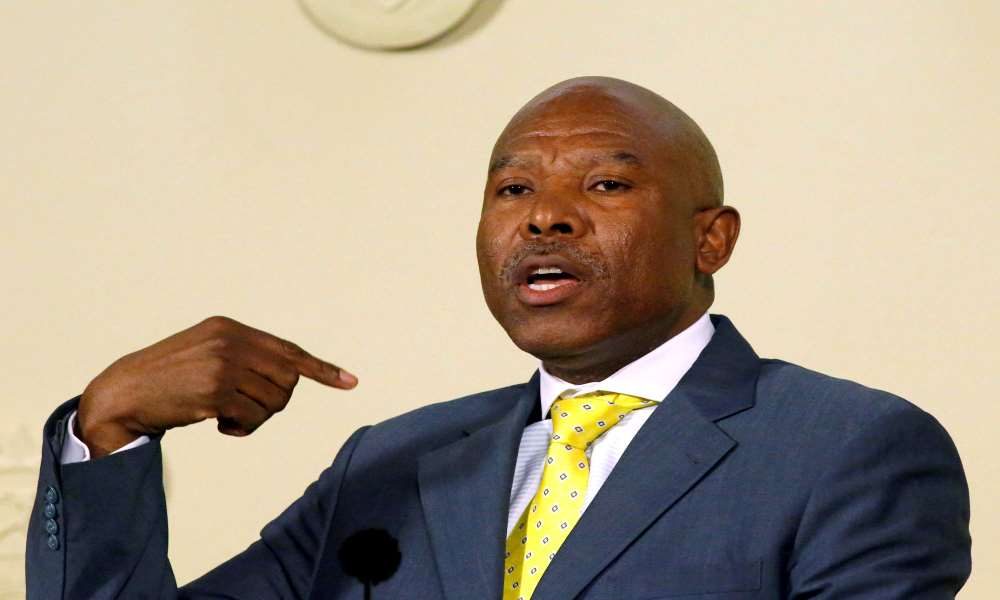South Africa’s inflation expectations rise
Namibia has close economic ties with SA
South Africa's second monetary policy announcement for the year will take place on 30 March 2023.
South African inflation expectations rose at the start of 2023, suggesting the central bank may keep interest rates higher for longer. Average inflation expectations for the year increased to 6.3% in the first quarter from 6.1% previously, according to a survey conducted by the Stellenbosch-based Bureau for Economic Research. The rate of price-growth for 2024 is now seen at 5.8%, and will probably slow to 5.5% a year later, the poll of analysts, business people, labor unions and households shows. Average five-year inflation expectations remain unchanged at 5.5%.
The results of the survey influence decision making by the South African Reserve Bank’s (SARB) monetary policy committee, which prefers to anchor inflation expectations close to the 4.5% midpoint of its target range. In January, it saw consumer-price growth averaging 5.4% in 2023 and Governor Lesetja Kganyago affirmed the central bank’s commitment to inflation targeting and ensuring price stability.
The central bank has delivered 375 basis points of tightening since November 2021, with January’s 25-basis-point move — the smallest increase in five meetings — taking it closer to ending the hiking cycle. The benchmark repurchase rate stands at 7.25%.
Forward-rate agreements used to speculate on borrowing costs show traders are now pricing in a 56% chance of 25 basis-point increase in the key rate on March 30. That’s declined in line with expectations of slower tightening by developing market central banks including the Federal Reserve after the collapse of US lender Silicon Valley Bank and stress in Credit Suisse Group AG.
The inflation expectations survey was conducted February 20 to March 9, after statistics agency data showed growth in food prices increased at the fastest pace in almost 14 years in January. The food inflation outcome surprised the central bank, which is also worried about how persistent power cuts are disrupting the production and storage of the sustenance and pushing up costs, Deputy Governor Rashad Cassim said Tuesday.
Currency
The Reserve Bank sees electricity rationing, known locally as load shedding, shaving 2 percentage points off economic growth this year. It faces the difficult task of balancing risks to the growth and inflation outlooks, including a weak currency and rising health-insurance costs, when voting on interest rates at the end of the month.
Namibia has close economic ties with South Africa. The Namibian dollar is pegged to the South African rand. According to IJG Securities, whether Namibia will be spared from further rate hikes will be largely dependent on the SARB’s assessment of the necessity to hike rates even further to bring South Africa’s inflation back within the target range of between 3-6%. South Africa’s annual inflation print stood at 6.9% in January.
According to the Namibia Statistics Agency (NSA), inflation stood of 7.2% in February 2023, compared to 4.5% registered in February 2022. In January 2023, inflation stood at 7%. The Bank of Namibia does not target inflation.
Despite seeing inflation accelerating during the first two months of the year, IJG predicts a gradual slowdown in Namibia’s annual inflation rate over the remainder of year, before ending the year at around 4.5%. Inflation averaged 6.1% in 2022.
At the first monetary policy announcement for the year, the Bank of Namibia increased the repo rate by 25 basis points from 6.75% to 7%. The prime lending rate currently stands at 10.75%. The next monetary policy announcement is expected to take place 19 April 2023.
-Additional Reporting Phillepus Uusiku





Comments
My Zone
No comments have been left on this article